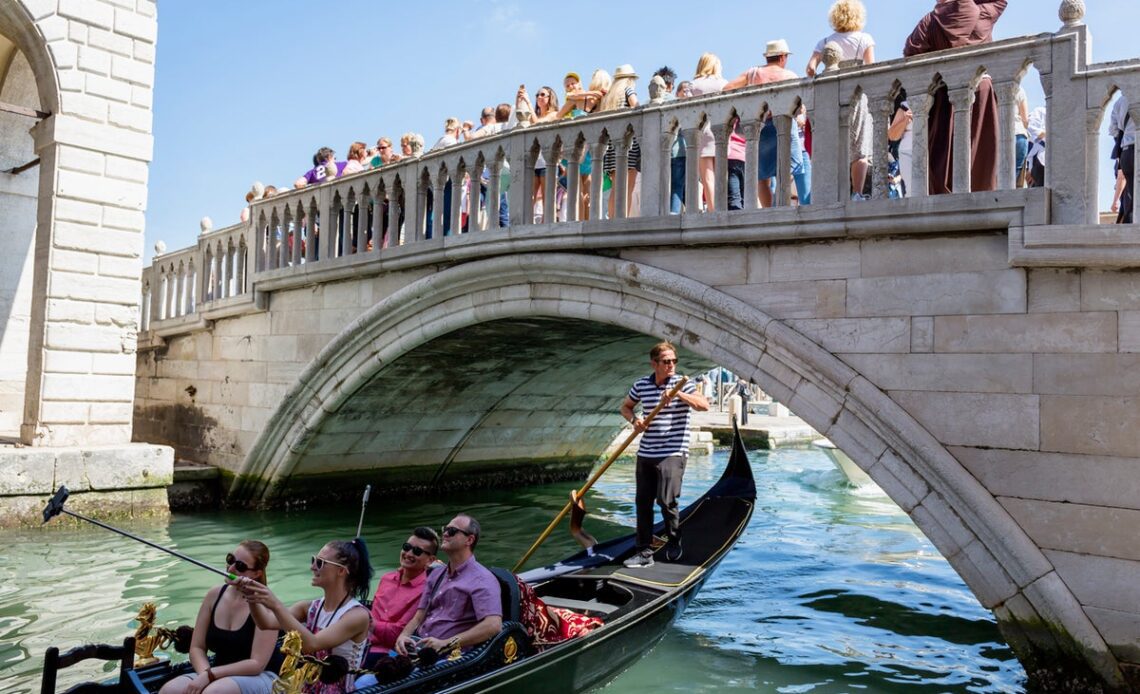For destinations the world over, there’s a delicate balance to be struck. Following the pause of tourism during Covid restrictions, many places reliant on tourism were champing at the bit to lure back holidaymakers once travel opened up again. But there are tourists – and then there are too many tourists.
Post-pandemic, the influx of millions of visitors to tourist-strewn towns has, in some cases, risen to levels above those seen in 2019. Too much tourism threatens to disrupt residents, natural ecosystems and contribute to transport pollution.
Unesco has warned of potential damage to protected areas and Fodor’s “No Travel List” recommended reconsidering a visit to “suffering cultural hotspots” with overstretched infrastructure, such as Dubrovnik, in 2023.
Some destinations themselves have started taking a stand. Italy’s hardened approach to tackling the issue is leading the charge against overtourism in peak season, and countries looking to maintain tradition and encourage sustainability through a redirection to low-impact tourism have followed suit.
Bans on cruise ships, short-term holiday rentals such as Airbnb and caps on visitor numbers are among the ways destinations are trying to get a handle on escalating tourism, alongside championing considerate behaviour.
As Venice gears up to introduce a tourist tax and ticketing system in its historic centre, here are the destinations cracking down on tourism, from Bhutan to Athens.
Read more on overtourism:
Italy
Day trippers to Venice will be charged €5 to enter the historic centre
(Getty Images)
Venice
Set to introduce tourist entry fees come spring 2024, Venice is heeding Unesco warnings of “irreversible damage” to its historic centre. Day-tripping tourists will incur a €5 charge and a ticketing system as part of plans to tackle overtourism in the popular canal city flooded with 20 million visitors annually. The tax follows the Italian city’s decision to ban cruise ships from the centre in 2019 after an incident where a cruise liner hit a dock.
Portofino
In Portofino, tourists lingering in viral Instagram spots to take selfies could be fined €275 (£242) for creating a dangerous situation. Implemented red zones or “no waiting” areas are intended to prevent traffic jams and congested pavements in the picturesque Italian Riviera town during peak season,…
Click Here to Read the Full Original Article at The Independent Travel…
